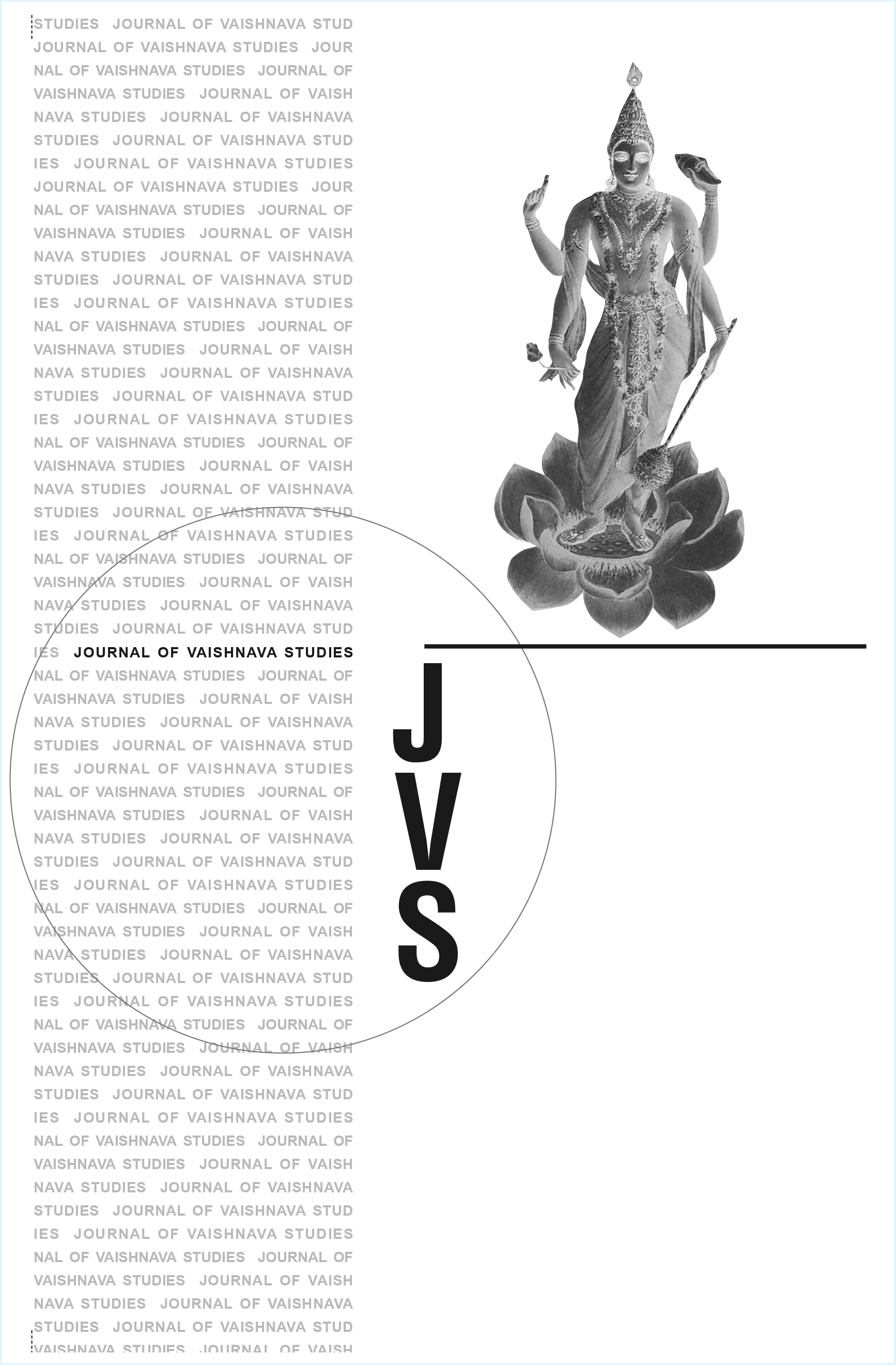The “Sacred Utterance” of the,Silent Seer
“Speech” and “Sight” in the Revelation of the Tamil Veda
Keywords:
Nammāḻvār, Tiruvāymoḻi, Tamil Veda, Sanskrit Veda, Śrīvaiṣṇava, apauruṣeya, revelation, ṛṣi, muni, Ramānuja, Viṣṇu, Narāyaṇa, bhakti, Ubhaya Vedānta, accessibility, Pillān, Vativālakiya Nampi Tacar, Alakiya Maṇavāḷa Nāyaṉār, soul-body analogy, surrender (prapatti), divine speech, Vedāṅgaḥ, religious inclusivity, sacred utteranceAbstract
Vasudha Narayanan’s essay “The ‘Sacred Utterance’ of the Silent Seer: ‘Speech’ and ‘Sight’ in the Revelation of the Tamil Veda” investigates the Śrīvaiṣṇava community’s understanding of divine revelation through the figure of Nammāḻvār, the author of the Tiruvāymoḻi. Though traditionally described as silent and blind for the first sixteen years of his life, Nammāḻvār paradoxically becomes the voice and visionary of the Tamil Veda—a text accorded equal status with the Sanskrit Vedas in Śrīvaiṣṇava theology. Narayanan examines how the community reconciles this paradox by invoking classical Indian categories of ṛṣi (seer) and muni (silent sage), while adapting them to a bhakti-centered paradigm. The essay critically explores the theological claim that both the Sanskrit and Tamil Vedas are apauruṣeya (not of human origin) and pre-existent, yet the Tamil Veda—especially the Tiruvāymoḻi—is uniquely accessible, intelligible, and universal in its appeal. Drawing on Pillān’s early commentary and Vativālakiya Nampi Tacar’s hagiography, as well as the theological reflections of Alakiya Maṇavāḷa Nāyaṉār, Narayanan demonstrates how the Tiruvāymoḻi embodies a democratized, emotionally resonant, and linguistically inclusive form of divine speech. The text not only parallels the four Sanskrit Vedas but is positioned—through its lucidity and devotion—as potentially superior in its revelatory power. Ultimately, the essay highlights how “sight” and “speech” in Śrīvaiṣṇava theology are not sensory or physical attributes alone, but deeply spiritual capacities tied to divine intimacy, surrender (prapatti), and the living tradition of bhakti.Published
1993-10-20
Issue
Section
Articles





